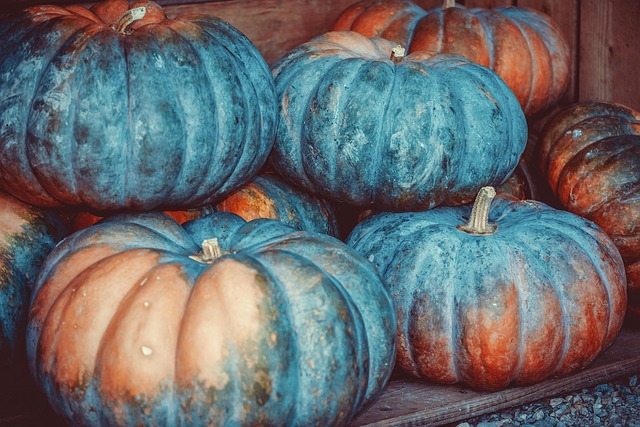Compost creation is an eco-friendly yard waste removal and recycling method for garden enthusiasts, offering benefits like enhanced soil fertility and reduced landfill waste. By transforming organic scraps into nutrient-rich compost, homeowners can improve garden health and encourage sustainable practices. The process involves collecting yard waste like leaves and grass clippings, allowing them to decompose into a valuable soil amendment. Effective yard waste removal through recycling includes segregating materials and building balanced compost piles, fostering a harmonious relationship between responsible yard management and lush gardens while contributing to environmental cleanliness.
For garden enthusiasts looking to enhance their green spaces, understanding compost creation is a game-changer. This article delves into the world of organic waste transformation, revealing the benefits and processes behind effective composting. From yard waste removal techniques to recycling tips, we explore how to turn common scraps into nutrient-rich compost. Learn how this natural process not only enriches soil but also reduces environmental impact through responsible yard waste management.
- Understanding Compost Creation: The Benefits and Process
- Effective Yard Waste Removal Techniques for Gardeners
- Recycling Tips: Transforming Yard Scraps into Nutrient-Rich Compost
Understanding Compost Creation: The Benefits and Process

Compost creation is a beneficial practice for garden enthusiasts, offering an eco-friendly solution to yard waste removal and recycling. By understanding the process and its advantages, homeowners can transform organic scraps into nutrient-rich compost, enhancing soil fertility and promoting a healthier garden ecosystem. This natural recycling method not only reduces the amount of waste sent to landfills but also provides a free source of essential nutrients for plants.
The benefits are multifaceted: it encourages sustainable practices by minimizing the disposal of organic materials, typically considered garbage; supports environmental conservation by reducing carbon emissions associated with waste management; and fosters a self-sufficient garden routine where resources are cycled back into the growing environment. The process involves collecting organic yard waste like leaves, grass clippings, and food scraps, then allowing them to decompose over time, resulting in a dark, crumbly substance that is rich in vitamins and minerals. This organic matter can be directly incorporated into gardens or used as a soil amendment, leading to improved water retention, structure, and overall plant health.
Effective Yard Waste Removal Techniques for Gardeners

Effective Yard Waste Removal is a crucial aspect of gardening, allowing for a healthier and more sustainable garden ecosystem. Gardeners can significantly reduce their environmental impact by adopting simple yet powerful techniques for yard waste recycling. One of the most common methods involves creating compost, which not only enriches the soil but also diverts materials from landfills. Organic matter such as kitchen scraps, yard clippings, and leaf debris can be meticulously collected and transformed into nutrient-rich compost through composting processes.
Additionally, proper waste segregation plays a vital role in efficient Yard Waste Removal. Gardeners should separate materials like cardboard, paper, and wood chips for recycling, further minimizing their environmental footprint. These practices not only contribute to a cleaner environment but also provide garden enthusiasts with valuable resources to enhance their planting areas, fostering a harmonious relationship between responsible yard management and lush, vibrant gardens.
Recycling Tips: Transforming Yard Scraps into Nutrient-Rich Compost

Yard waste removal doesn’t have to mean sending it to a landfill. By embracing yard scrap recycling, garden enthusiasts can transform their organic waste into nutrient-rich compost, a valuable asset for any garden. Start by separating your yard waste from other recyclables and compostable materials like food scraps. Leaves, grass clippings, and small twigs are all excellent candidates for composting. Avoid adding meat, dairy, or diseased plants to prevent attracting pests and creating harmful compounds. Instead, focus on building a balanced compost pile with brown (dry leaves and straw) and green (grass clippings and food scraps) materials for optimal decomposition.
Compost creation is a powerful tool for garden enthusiasts, offering a sustainable solution for yard waste removal and recycling. By harnessing the benefits of composting, from reducing waste to enhancing soil fertility, gardeners can contribute to a healthier ecosystem while cultivating lush, vibrant gardens. Embracing these effective techniques ensures a rich, nutrient-filled compost that will transform your gardening experience.
